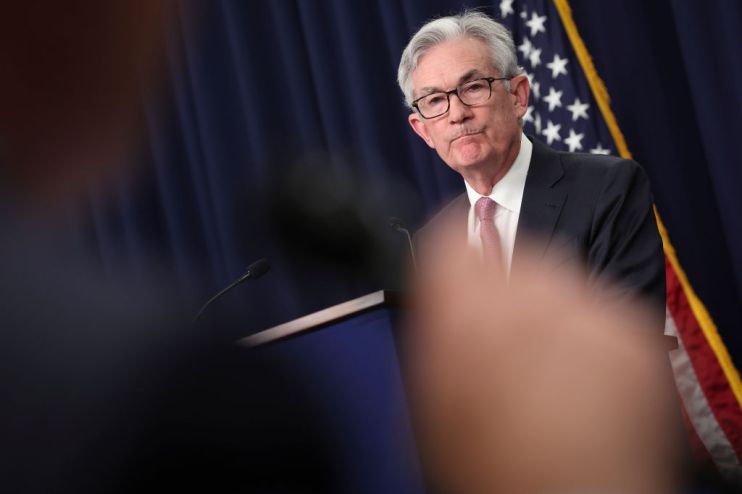US Federal Reserve to move even quicker to tame higher than expected underlying inflation

A higher than expected rise in a more closely watched measure of stateside inflation may prompt the US Federal Reserve to hike interest rates by a historic 75 basis points at its next meeting.
That’s according to top City economics consultancy, Capital Economics, which said the upside surprise to core stateside inflation will worry Fed chair Jerome Powell and co.
Core US inflation, a more accurate measure of price rises, jumped to 0.6 per cent in April on a monthly basis, much higher than the 0.4 per cent pencilled in by Wall Street.
The surprise jump “indicates that underlying inflation pressures could be stronger than we had expected,” Andrew Hunter, senior US economist at Capital Economics, said.
The new data will strengthen American rate setters’ conviction that more and steeper rate hikes are needed to tame inflation.
Last week, the Fed raised borrowing costs 50 basis points for the first time since 2000, taking them to between 0.75 per cent and one per cent.
“The April data will probably strengthen the Fed’s resolve to continue hiking rates by 50 basis points at the next couple of meetings – and could lead to renewed speculation about a 75 basis point hike or an inter-meeting move,” Hunter added.
Elevated prices for used cars caused by lockdowns in China and ongoing supply chain disruption squeezing chip inventories kept the core inflation print high.
“New vehicle prices, meanwhile, rose 1.1 per cent,” Ian Shepherpson, chief economist at Pantheon Macroeconomics, highlighted, adding “this is a significantly bigger increase than in recent months”.
Headline annual inflation edged back to 8.3 per cent from a 40-year high of 8.5 per cent, pushed lower by a fall in energy prices.
The dip sparked economists to predict inflation may have peaked in the US.
The US is less exposed than Europe and the UK to the Russia-Ukraine war sending oil and gas prices soaring due to it having a larger domestic energy market.
Most analysts expect the cost of living in Britain and the Continent to surge even higher beyond already historically high rates.